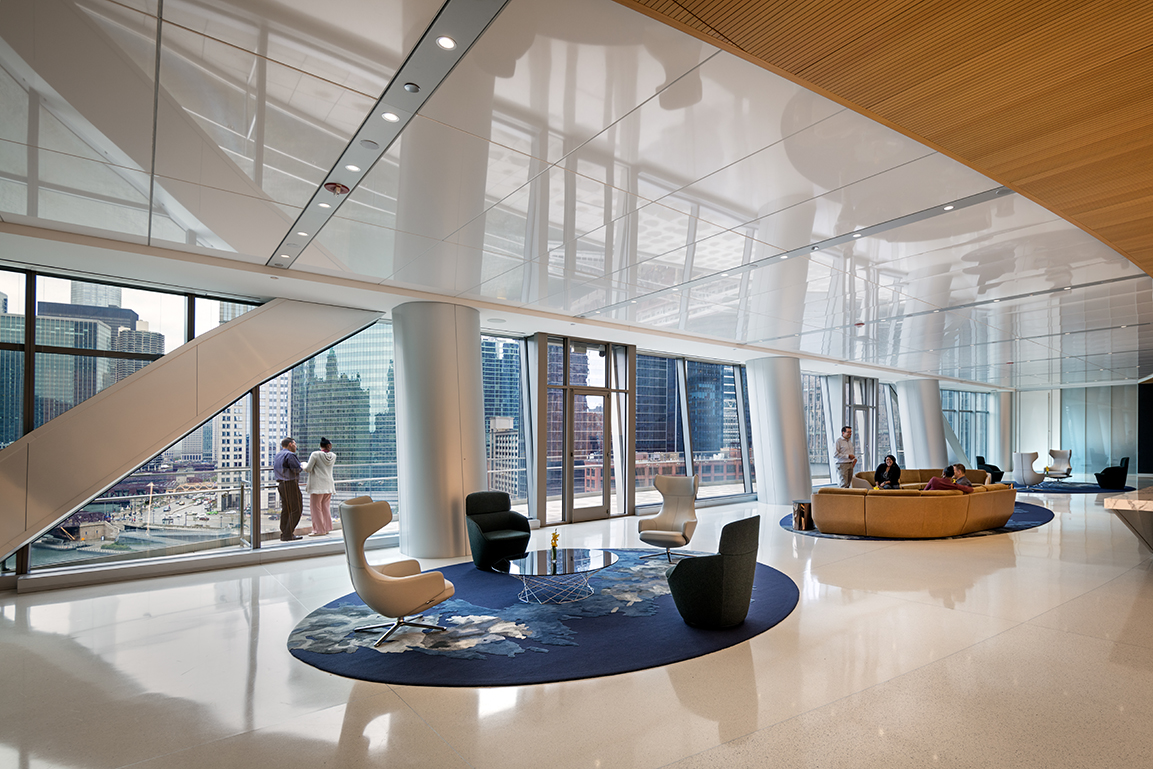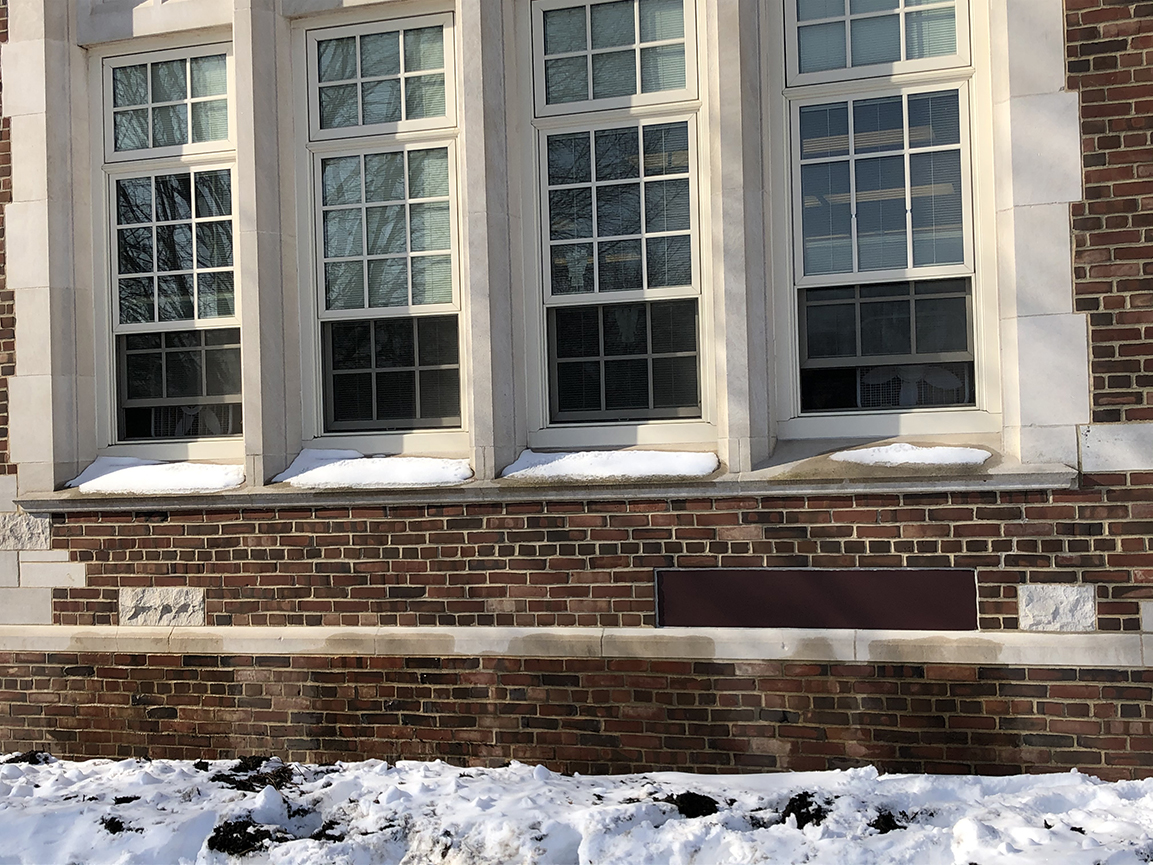Indoor Air: With Steph Guy
Between the COVID-19 pandemic and air pollution, we’ve heard quite a bit about indoor air quality lately. Why does indoor air quality matter?
Indoor air quality (IAQ) matters because we humans spend over 90% of our time indoors. So, the air we breathe from our indoor environments can have a large impact on our health. While IAQ can impact our overall health, it can also impact things such as our ability to focus and stay on task. That is why IAQ in places like schools has become a hotter topic in recent years.
“Indoor air quality is impacted by both the ventilation air that is brought into a building but also by indoor air pollutants…”

Wow, no wonder we need to take a closer look at our air! What affects indoor air quality?
Indoor air quality is impacted by both the outside air that is brought into a building, but also by indoor air pollutants such as smoke, mold, airborne infectious diseases, pollen, animal dander, and off-gassing of materials in the space (like paints and other finishes, and even carbon dioxide produced by building occupants). This is why there has recently been a push to provide low-VOC [volatile organic compound] or no-VOC materials and finishes. This helps improve the indoor air quality of a space.
How is indoor air quality measured?
The best way to measure indoor air quality is through an indoor air quality monitor. There are a lot of different devices available and they have different capabilities on what they can monitor. Providing continuous monitoring is optimal, but sampling of indoor air can also provide good information on the indoor air quality of a space.
Deciding what is the best way to measure and evaluate the quality of the indoor air may require guidance from a professional engineer. It’s important to understand that the ventilation system is working as it was designed and that it’s adhering to published guidelines.
“Indoor air quality matters because we humans spend over 90% of our time indoors.”

It sounds like we need to make some changes. How can we improve indoor air quality?
There are things we, as engineers, can do to improve indoor air quality on projects. Alvine [Engineering] has been including improved filtration on air handling units and UV [ultraviolet] lights at cooling coils. Certain projects have also used needle point bipolar ionization [another method of cleaning the air] in certain areas at the request of the owner. Alvine also continues to be cognizant of outdoor air intake locations and advocating for opportunities for increased ventilation rates and effectiveness.
But there are old-school approaches, too. This past summer, for example, St. Margaret Mary’s [an elementary school in Omaha, NE] was trying to make the school as safe as possible for the return of the students during uncertain times. They asked to have their ventilation system reviewed. We reviewed the existing drawings and found that the classrooms relied on natural ventilation to adequately provide outside air. Natural ventilation, in this case, means opening the windows to allow outside air in.
The plan that was implemented to help with the indoor air quality at the school during this unique year was to open two windows in each classroom (one at each end of the classroom) and put fans in the windows — one fan to suck air into the space and one to push air back outside. The teachers opened the windows and turned the fans on in the morning to purge the classroom and left them running until after school was out. This system was used throughout the school year to improve air quality for students and staff.

Steph Guy, P.E., F.AEI, LEED AP, has more than 15 years of experience in designing energy-efficient mechanical systems for a variety of building types. As a LEED Accredited Professional, she is passionate about introducing sustainable design solutions, and healthy building initiatives, to her clients and applying them to her projects as appropriate. Notable projects include: River Point in Chicago, Discovery Hall at the University of Nebraska Kearney, and the University of Michigan School of Nursing.



